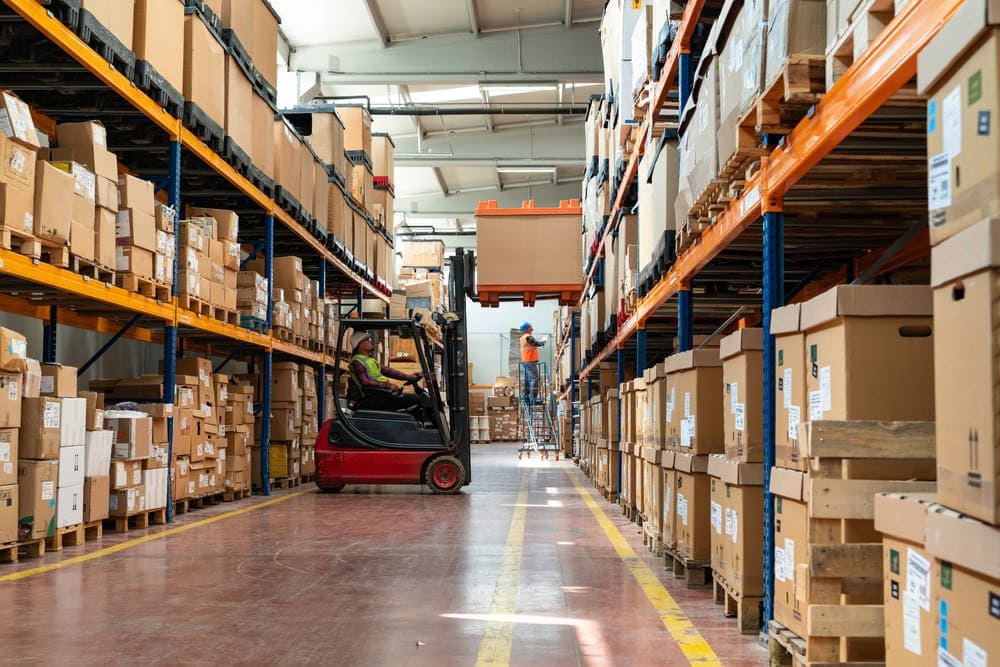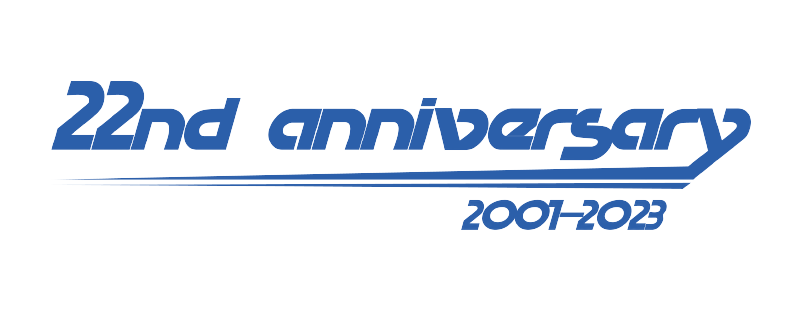
“What are the 7 wastes?” is a question often raised by professionals in the industrial and manufacturing sectors, especially those aiming to improve operational efficiency and reduce production costs. Understanding the 7 Wastes of Lean helps pinpoint inefficiencies and guides effective strategies to eliminate waste from the production process.
In this article, we’ll explore what the 7 Forms of Waste in Manufacturing are and share actionable methods for reducing waste and enhancing production efficiency across all dimensions.
What Are the 7 Wastes?
The 7 wastes of lean—also known as “7w”—are central to Lean Manufacturing, a methodology focused on reducing waste in all stages of production. The aim is to ensure every activity adds value, eliminates non-essential tasks, and improves control over quality, time, and costs.
Types of Waste in Lean: What Are the 7 Wastes?
The 7 types of waste in lean manufacturing include:
1. Overproduction
Producing more than customer demand or producing in advance leads to unnecessary inventory, added storage costs, increased risk of product degradation, and even obsolescence before delivery.
2. Waiting
Idle time when workers, machines, or parts await the next step—whether due to delayed materials, machine repairs, or pending instructions—disrupts workflow and reduces productivity.
3. Transportation
Unnecessary movement of materials or products between processes. While transport is sometimes unavoidable, excessive movement increases costs, risks damage, and adds no value to the product.
4. Motion
Unnecessary actions by workers or machinery, such as walking long distances to retrieve tools or inefficient work posture. These add fatigue, waste time, and reduce productivity.
5. Overprocessing
Performing more work than needed—such as redundant inspections, overly complex steps, or using over-spec equipment—consumes time and resources without adding value.
6. Inventory
Excess raw materials or finished goods consume warehouse space, risk spoilage or obsolescence, and increase storage costs.
7. Defects
Products that fail to meet quality standards require rework, repairs, or disposal. This wastes time, labour, and materials, and may also reduce customer satisfaction.

How to Reduce the 7 Wastes in Industrial Settings
1. Identifying and Analysing Waste in the Production Process
Study the Workflow
Teams should conduct in-depth reviews of every production stage—from raw material intake to product delivery—using tools such as Value Stream Mapping, Process Flow Analysis, or Time and Motion Studies to clearly identify which types of waste lean occur at each step.
Process Improvement
Once waste points are identified, structured improvements should follow. Techniques such as Kaizen (continuous improvement), SMED (reducing machine changeover time), or Poka-Yoke (error-proofing) can be applied to streamline operations and reduce waste sustainably.
2. Employee Training
Build Awareness
Educating staff at all levels about the 7 wastes of lean enables them to detect and report problems promptly.
Promote a Lean Culture
Foster a work culture focused on waste reduction and continuous improvement. This can be supported through initiatives like Quality Circles, Kaizen Events, or idea submissions from employees to improve processes directly.
3. Improve Processes and Boost Efficiency
Automate Production
Incorporating automation into production—such as using IoT for quality control or AI for production planning—helps eliminate unnecessary steps, reduce human error, and enhance overall productivity.
Warehouse Management Software
Deploy Warehouse Management Systems (WMS) to control stock and storage efficiently, reducing waste from excess inventory.
Optimise Facility Layout
Strategically designing factory layouts minimises motion and transport waste. Shorter material handling routes lead to smoother process flows and better efficiency.
Boost Storage Space and Minimise Waste with Mezzanine Racking
One effective solution for reducing Inventory and Motion waste is to optimise vertical space with a Mezzanine Racking.
A Mezzanine Racking is a steel-framed structure added to warehouses to increase usable space without expanding the factory footprint. It’s highly adaptable and offers several benefits:
- Separate frequently used items from rarely accessed stock
- Store tools and materials in easy-to-reach locations to reduce Motion
- Organise products by type to simplify management and prevent Defects from incorrect handling
If you’re seeking ways to expand your warehouse space and minimise waste in your manufacturing process, Tellus Mezzanine Racking offers a smart, scalable solution. We specialise in the design and production of cost-effective, automated warehouse systems tailored for all industries. Our expert team provides a full-service solution—from design and installation to after-sales support—to elevate your warehouse performance to its highest potential. Get in touch today for a consultation and start transforming your warehouse! Call us at 02-643-8044




